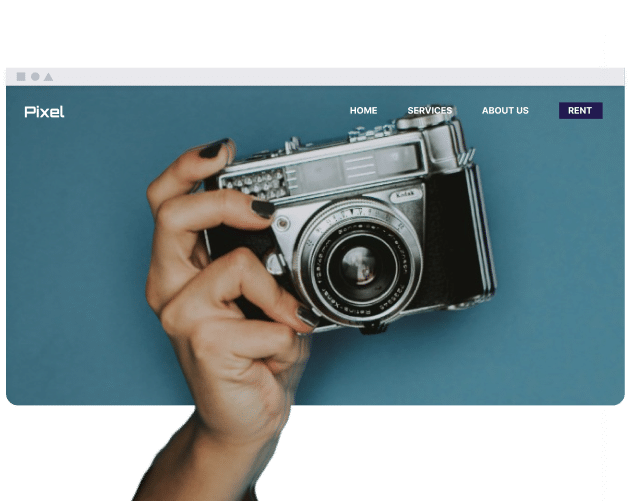¿Cuál es la justificación empresarial para hacer el contenido accesible?
La creación de contenido accesible está relacionada con la estrategia empresarial. Este enfoque puede impactar el alcance de la audiencia, incluyendo potencialmente a individuos previamente excluidos, y también tiene una conexión con rendimiento SEO, ya que los motores de búsqueda pueden indexar contenido accesible. Los diseños accesibles para el cliente podrían influir en la probabilidad de demandas, lo que corresponde al cumplimiento de mandatos como la ADA y la Sección 508.
¿Cuáles son los principios que guían la creación de contenido accesible?
El desarrollo de contenido accesible se rige por principios fundamentales, que pueden verse como un resumen del acrónimo POUR:
• Perceptible: Los usuarios deberían poder percibir el contenido a través de sus sentidos (p. ej., alternativas de texto para imágenes, subtítulos para video).
• Operable: Los usuarios deben poder interactuar con la interfaz y acceder con éxito al contenido (por ejemplo, soporte completo de teclado).
• Comprensible: La información y el funcionamiento de la interfaz de usuario deben ser bastante claros y según lo esperado (por ejemplo, texto legible, navegación coherente).
• Robusto: El contenido debe ser lo más fiable posible en diferentes tecnologías, incluyendo distintos navegadores, y diversas tecnologías de asistencia (por ejemplo, código limpio y válido).
¿Cuáles son algunas técnicas esenciales para hacer que el contenido sea accesible?
La creación de contenido accesible es un proceso de varios pasos:
• Escriba descripciones para las imágenes proporcionadas (texto alternativo): En caso de que la imagen sea para una persona con discapacidad visual, el lector leerá una descripción de la imagen. Si una imagen es puramente decorativa, usar alt=”” puede influir en cómo la gestionan los lectores de pantalla.
• Estructuras de encabezado lógicas y comprensibles: Uso adecuado de las <h1> a través <h6> etiquetas debería ser la forma en que se organiza el contenido y ayudar en la navegación (no omitir niveles de encabezado).
• Asegurarse de que los colores tengan suficiente contraste: Los colores del texto y del fondo deben contrastar lo suficiente (una proporción mínima de 4.5:1 para texto normal) para que el texto sea legible para aquellos con baja visión o daltonismo.
• Todas las partes navegables con el teclado: Los requisitos son que todos los elementos interactivos deben estar habilitados para su uso exclusivo con el teclado, y el indicador visual de enfoque (el contorno alrededor del elemento) debe ser claramente visible.
¿Cómo se puede probar si el contenido es accesible?
La verificación de la accesibilidad en las diversas etapas del ciclo de desarrollo es crucial. Las diferentes formas de confirmar la accesibilidad de el contenido pueden comprender las siguientes:
• Los verificadores de accesibilidad automatizados son las herramientas, es decir, WAVE o Lighthouse, que facilitan la rápida detección de una parte significativa de los problemas de accesibilidad más frecuentes, como la falta de texto alternativo o el bajo contraste.
• La inspección manual significa la verificación completa del sitio web de acuerdo con los criterios WCAG.
• La prueba de lector de pantalla es el uso de lectores de pantalla gratuitos, por ejemplo, NVDA o VoiceOver, para obtener accesibilidad al contenido por parte de un usuario con discapacidad visual.
¿Existen requisitos legales para el Contenido de Accesibilidad Web?
Sí, los requisitos legales para la accesibilidad del contenido web difieren de una región a otra y de una industria a otra. En EE. UU., la Ley de Estadounidenses con Discapacidades (ADA) ha sido la interpretación más común de los sitios web de los establecimientos públicos a los que se aplica. Muchos países tienen una legislación como la de los Estados Unidos (p. ej., la Directiva de Accesibilidad Web de la Unión Europea) que está llevando a la necesidad legal, junto con las razones éticas y empresariales para su cumplimiento.
Conclusión
La accesibilidad web generalmente se considera necesaria, con WCAG AA sirviendo como un referente legal; el cumplimiento puede relacionarse con posibles beneficios comerciales. Si bien el marco POUR ofrece una metodología de diseño estructurada, las pruebas manuales con teclado y lector de pantalla siguen siendo relevantes para la validación de la usabilidad y la identificación de barreras.

